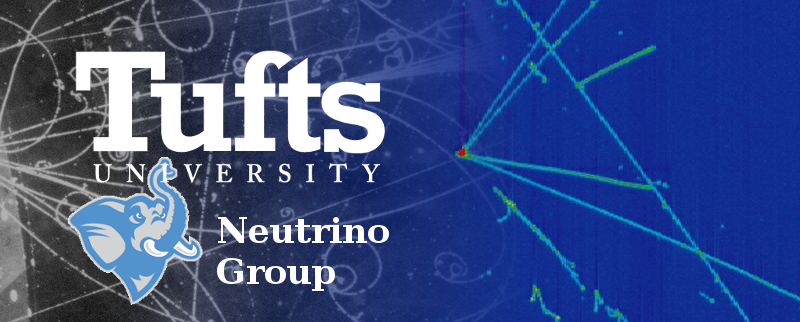About
Our group’s current focus is on measuring the properties of the neutrino, one of the fundamental particles of the Standard Model. We know a few things about the neutrino: it has a very small mass, has no electric charge, comes in three types — or flavors — and interacts only via the weak force and gravity. However, there are many things we do not know. What is the exact mass of the neutrino? And how does it get its mass? Are the three we know about the only kinds that exist? Answers to these questions impact not only our understanding of the fundamental laws of matter but also have consequences for our understanding of how the universe evolved. These and many other questions make the neutrino a fascinating particle.
However, as mentioned above, neutrinos interact only via the weak force. They interact so rarely that, at the energies, we typically work with, neutrinos can pass through light-years long block of lead without striking it. This makes neutrino experiments challenging as we need to build massive, building-sized detectors which are instrumented with relatively, low-cost sensors. However, the challenge is often fun, as we are often forced to apply the newest technologies in both hardware and software to design and complete our experiments.
